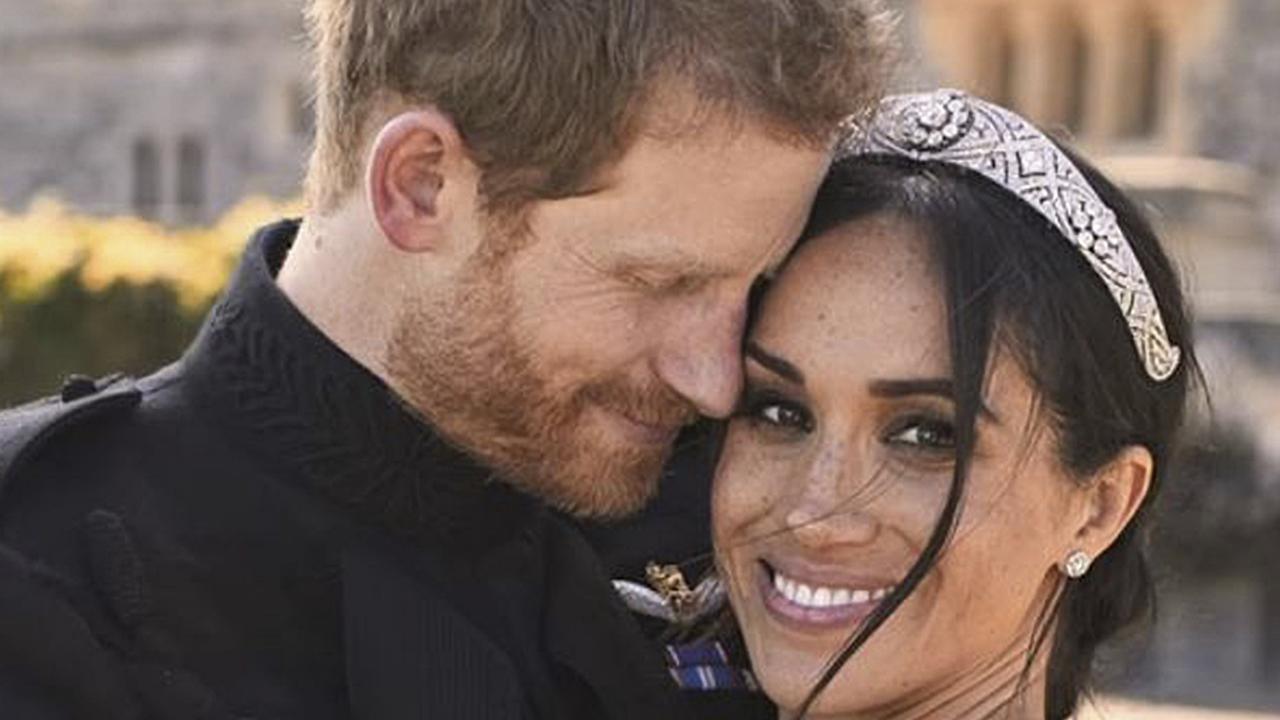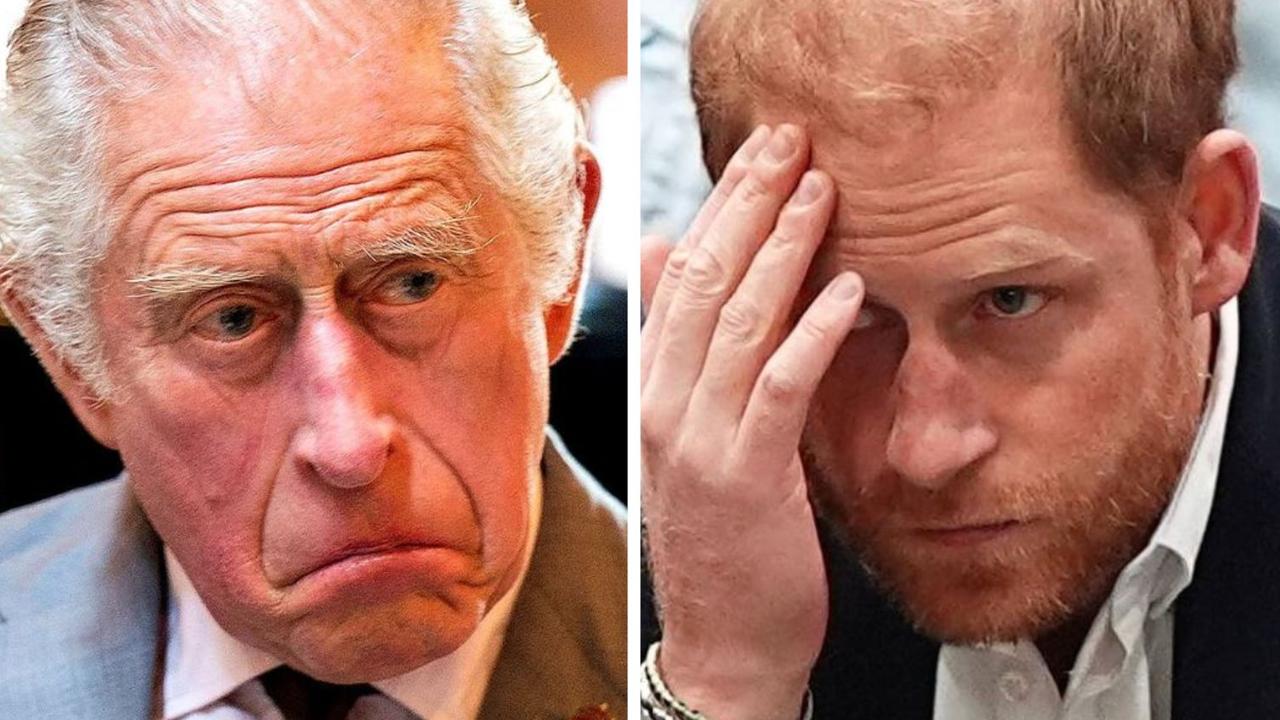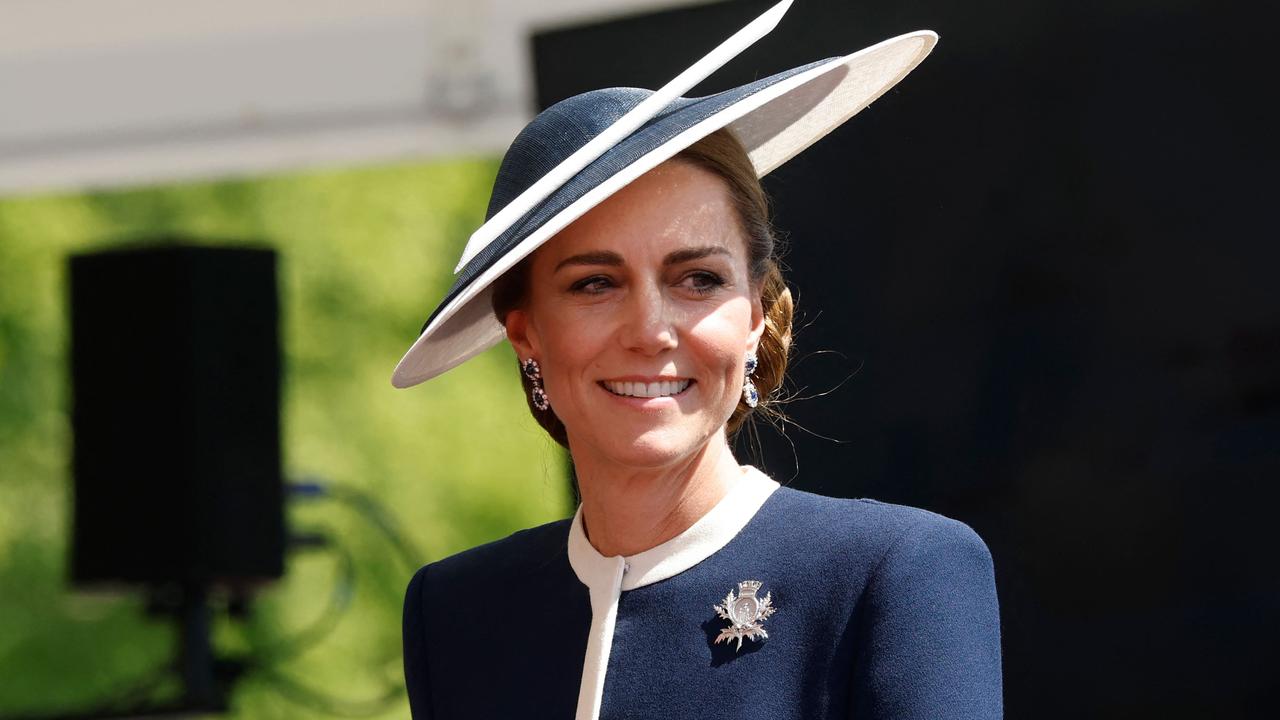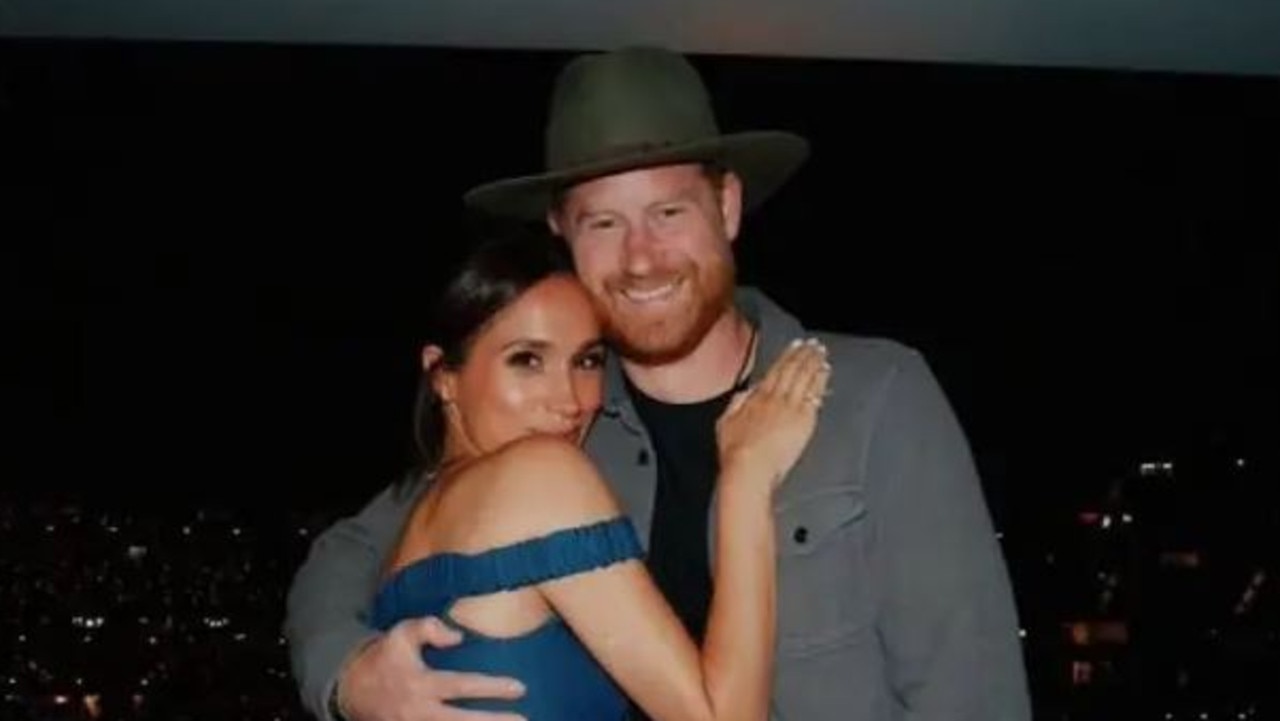Prince Harry’s Princess Diana claim rubbished by The Crown
One of the Duke of Sussex’s main arguments has been pushed back on by Netflix, which shows a very different version of events.
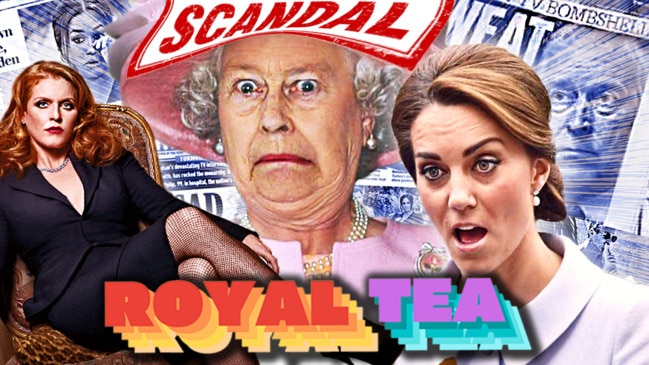
Royals
Don't miss out on the headlines from Royals. Followed categories will be added to My News.
COMMENT
In Diana, Princess of Wales’s legendary crown rattling Panorama interview, she famously said “there were three of us in this marriage, so it was a bit crowded.”
But she lied. There were not three parties stuck in that ménage-a-misery but four: the princess; the world’s most unlikely Lothario, (then) Prince Charles; the only mistress in royal history to get her man via a wardrobe of dowdy cardigans, Camilla Parker Bowles; and … the press.
The British media was as fundamentally a part of the Wales union as each of the other unhappy individuals, a fact that is driven home by the new season of Netflix’s lavish celluloid saga, The Crown.
And it’s the show’s treatment of this situation, of Diana, Charles and their attempts to wield the press to their own ends, that pushes back, if not directly contradicts one of their son Prince Harry, the Duke of Sussex’s big claims.

Harry is a man who seems to deal in absolutes. California life, good; UK life, bad. Lager, out; kale smoothies, in. Mummy, perfect; nasty snappers, morally bankrupt creatures who deserve to be put in the stocks.
And on that last one, it’s abundantly easy to see how a small boy, watching his mother harassed, chased, verbally abused and tormented by the media at times would come to hold that position.
However, on this, the new Crown is clear – the picture offered by Harry is not the complete one.
This week, the first tranche of the final season of the royal melodrama debuted, the last outing of the award-winning show that mixes fact and ridiculous fiction to create a golem of a show – Franken-tele, if you will.
The four episodes available now cover the eight chaotic weeks leading up to Diana’s death, her final night in Paris and then the immediate aftermath and her funeral. Central to the storyline is the very tangled web of Diana, Charles and the media.
It’s a thread that remains as relevant today as then, courtesy of Harry.
Earlier this year he told US 60 Minutes’ Anderson Cooper, “It was obvious to us as kids the British press’s part in our mother’s misery” and in a 2021 statement, he talked about the “culture of exploitation and unethical practices [that] ultimately took her life.”
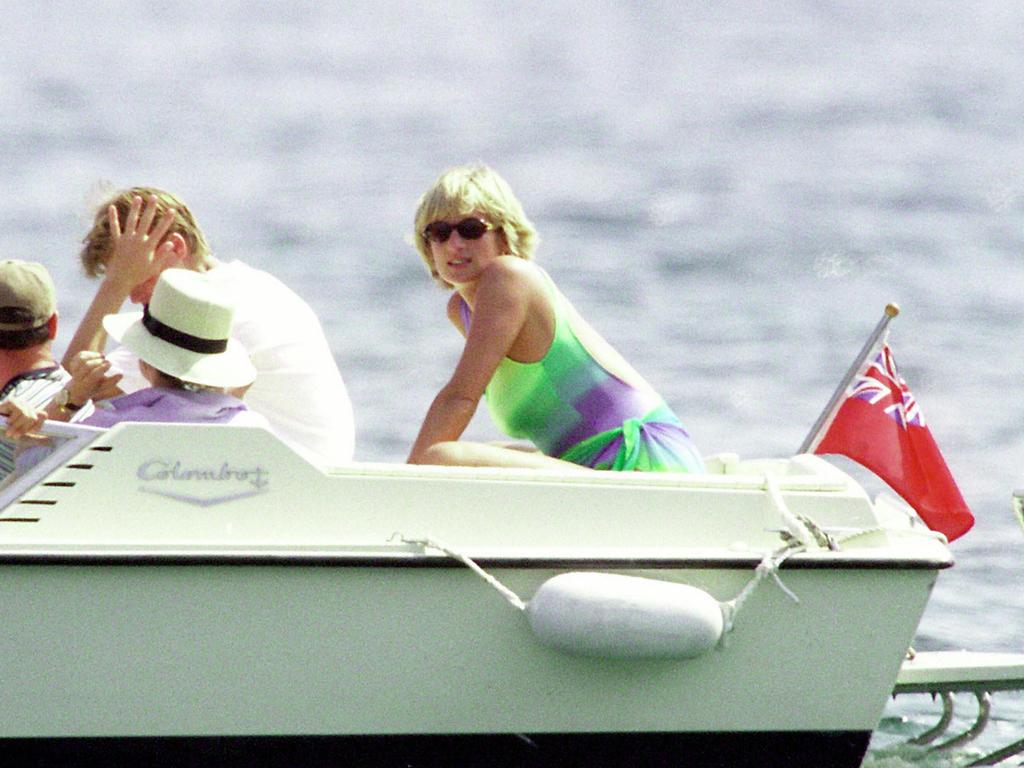
When Harry took to the stand in June in his court case against the Mirror Group Newspapers, he accused the tabloid press of having “blood on their hands”.
This seems to be the duke’s interpretation of his mother’s relationship with the press, as an essentially binary one, of hunter and hunted, predator and prey.
Let’s get one thing straight here: it would be simply erroneous to suggest that the media was not often a pernicious force and a cause of much suffering in Diana’s life.
However, there’s more because there always is.
Diana incontrovertibly, based on dozens of reports and biographies, at times tipped off friendly journalists or photographers over the years.
The Princess of Wales had a native genius when it came to understanding how to use the late 20th century media machine to her own ends, and use it she did. She was, after all, doing battle for her emotional and personal survival.
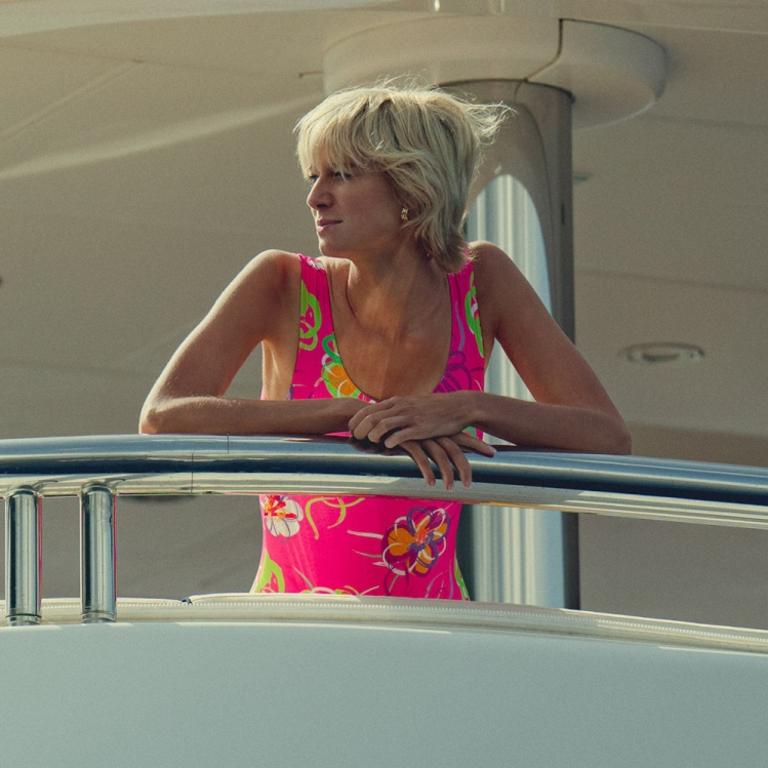
On this point, the show is relatively faithful to what is credibly known – that, at times, Diana and Charles too worked in concert with the media to score points or to trump one another as they battled it out for hearts, minds and the precious real estate of front pages.
In the new season, Diana is shown venturing out in a leopard print one piece to talk to the press while holidaying in the South of France in an effort to come to some sort of arrangement with them, which did actually happen.
Also a motivating factor here, according to the show’s creators, was the fact that back in Britain, Charles was set to throw a 50th birthday bash for Camilla. This bit of carefully orchestrated theatre on behalf of Charles’s Clarence House office, to begin to acclimatise the public to the idea of Camilla, is real, as is the fact that the glam Diana-in-her-cossie photos landed right as ‘Operation Mrs PB’, as it was known, was in progress. (In reality, the Diana photos were taken on 17 July and then ran the following day, the 18th, which was Camilla’s party.)

Viewers see the frenzy building around Diana and her boyfriend Dodi Al Fayed (Khalid Abdalla) culminating in them being snapped kissing on board the floating gin palace of the Jonikal. As Robert Fellowes, the late Queen’s private secretary and Diana’s brother-in-law tells the Queen (Imelda Staunton) “now that photographers realise they can become rich overnight, interest in the princess’s private life is unlikely to die down any time soon.”
Of the mania gathering force around Diana, Staunton’s Queen says, “One would almost feel sorry for her if one weren’t so cross with her.”
The implication seems to be that the princess had fed, to some degree, the snapping, snarling hounds that now chased her.
Does this tally with the Diana-the-sacrificial-lamb, the eternally ‘exploited’ martyr narrative?
So too does this season of The Crown push back against another major Harry argument – that the paparazzi were responsible for Diana’s death.

In Harry’s memoir Spare he writes of, as an adult, asking to be driven through Paris’s Pont de l’Alma, the tunnel where Diana was killed: “I sat back. Quietly I said: Is that all of it? It’s … nothing. Just a straight tunnel … No reason anyone should ever die inside it.”
Later, he and William discuss the inquest, with him calling it “a joke” and calling the findings “convenient and absurd.”
“Even if the man had been drinking, even if he was shit-faced, he wouldn’t have had any trouble navigating that short tunnel,” the duke writes.
“Unless paps had chased and blinded him. Why were those paps not more roundly blamed? Why were they not in jail? Who sent them? And why were they not in jail? Why indeed – unless corruption and cover-ups were the order of the day?”
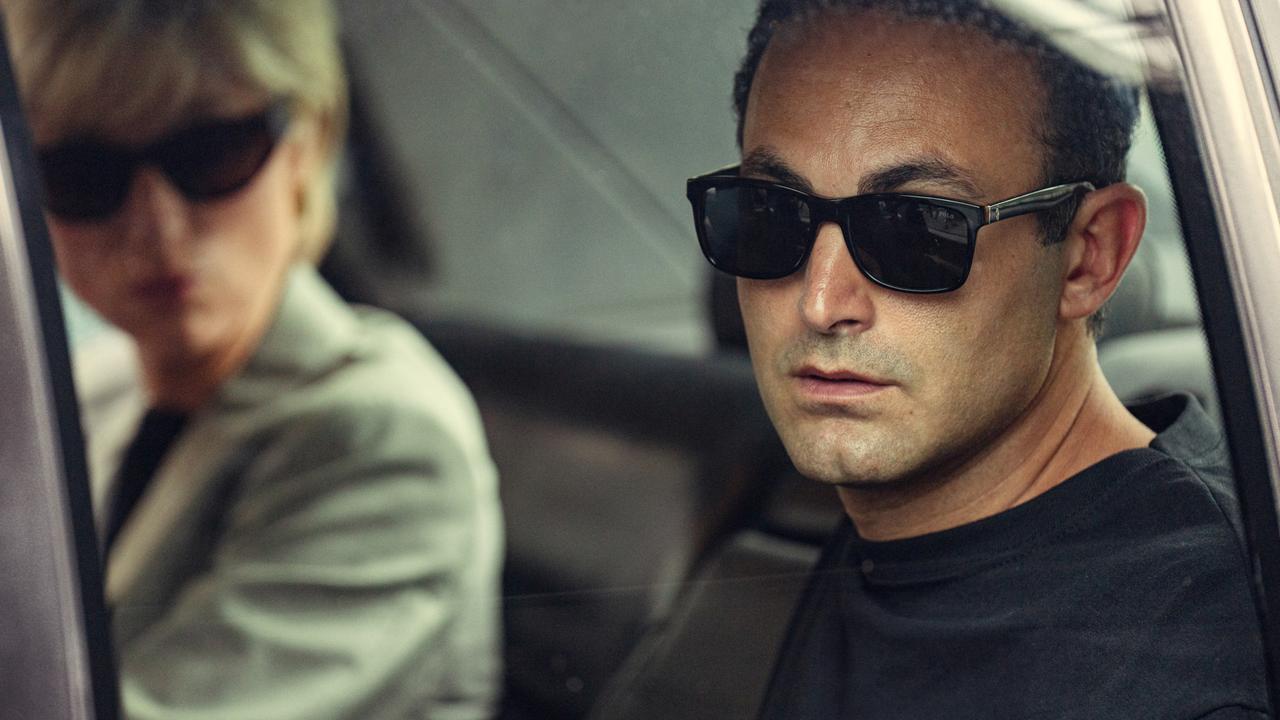
However, what The Crown shows tallies with the findings of not only the French inquest into the fateful events of that night but the 2008 British one too. That is, that the paps chasing Diana and Dodi’s car were a factor but that ultimately the fault lies in the fact that an inebriated driver got behind the wheel and sped into a tunnel with a 50 kilometres-per-hour speed limit at somewhere between 100 and 110 kilometres-per-hour.
The Harry we see in this season is a tiny boy who adores his mother and whose grief when she dies is truly heartbreaking; watching these episodes is a reminder of how we got to where we are today. How we got to Harry, the man and the adult, still fighting the forces he feels are responsible for his mother’s death.
Maybe that’s what the new season of The Crown, so far anyway, really brings into focus: That Harry is the little boy who has never quite grown up, who has never been able to fully comprehend and psychologically metabolise this unthinkable loss.
Peter Pan has nothing on this prince and all of his pain.
Daniela Elser is a writer, editor and a royal commentator with more than 15 years’ experience working with a number of Australia’s leading media titles.
Originally published as Prince Harry’s Princess Diana claim rubbished by The Crown




